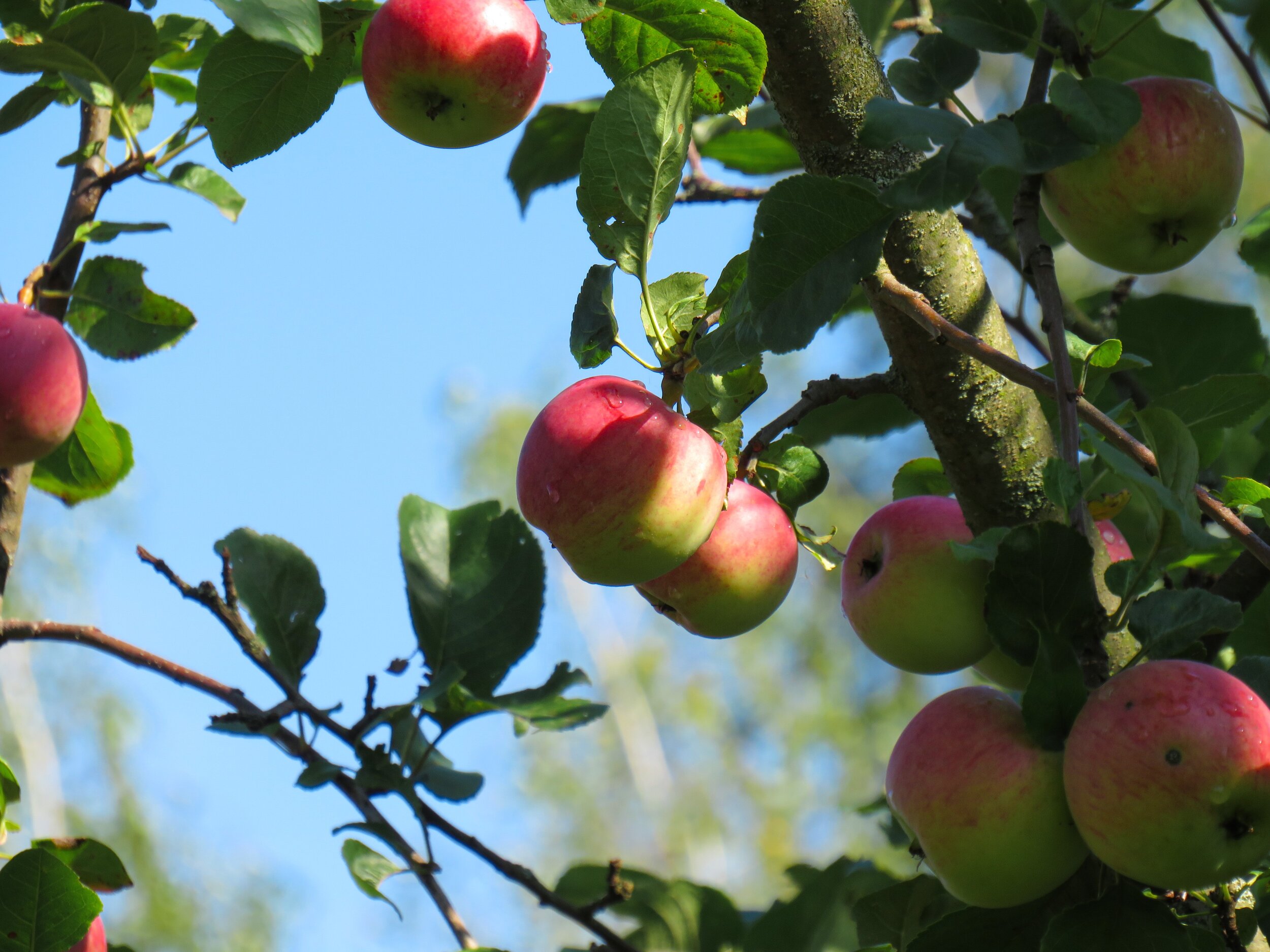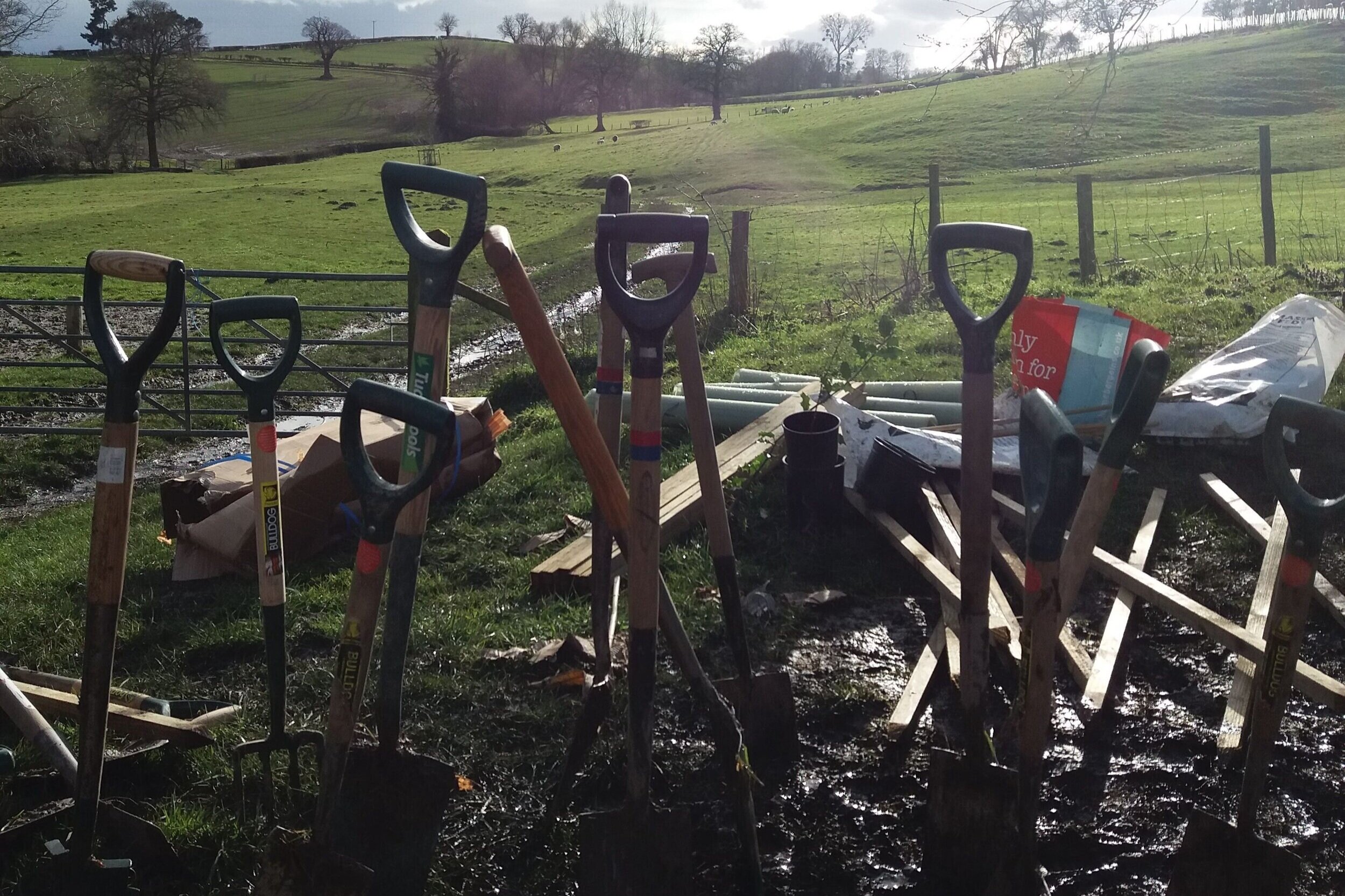Getting your tree
Tree planting is essential to tackling the climate crisis as they’re fantastic at capturing and storing carbon. They’re also great at mitigating the consequences of climate change on the environment, boosting biodiversity and preventing flooding and soil erosion. We need to plant billions more of them.
Ready to get yourself a tree to plant? Great, here’s what you need to know:
Where can I buy a tree?
When looking for places to buy trees, your local tree nursery may be your best option.
Trees are usually grown from seed at nurseries, where there are staff dedicated to taking good care of the young trees;
Nursery staff will be able to give you expert advice on how to grow your own tree at home.
You will be supporting businesses in your local community.
Nurseries remain open during lockdown and many are still welcoming visitors. However, if you don’t feel comfortable visiting a nursery in person right now don’t worry, there are other options. Many nurseries offer delivery to your home or curb-side pick-up, just check their website or give them a call to see if these arrangements can be made.
There are also plenty of nurseries that deliver nationwide, many of which also sell the equipment you may need, such as stakes, flexible ties and tree guards. They also provide a wealth of information and advice on their websites. Here are a few that we’ve found for you:
What tree should I get?
When it comes to planting a tree in your garden it’s important to choose a tree that is a good fit for your garden. There are plenty of things to consider when choosing your tree such as: the size of your garden, the height and spread of the tree when fully grown, growing conditions, whether you want a deciduous or evergreen tree and the distance between the tree and buildings.
If you want to plant a tree in a smaller garden, you should avoid larger species such as oak or beech, as their roots can damage the structure of your house and drainage systems. You should avoid planting anything too tall under power-lines. To find a suitable tree for your garden you can head to the Royal Horticultural Society website where you can filter through different tree species depending on your needs.
Fruit trees, such as apple and plum, could make a great addition to your garden. These trees tend to not grow too large, making them a manageable tree to have if you have a smaller garden. Gardening expert and YouTuber Huw Richards also shares our love for fruit trees in the garden.
"Fruit trees are the perfect link between humans and the natural world. Not only do you get to enjoy delicious sweet treats every year, you also capture carbon and provide many benefits to your local wildlife"
Huw Richards
Native trees are the best for supporting wildlife - they support significantly more species than non-native trees. This is why we highly recommend that you also consider planting native trees in your garden. Some small native species that work well in gardens are rowan, hazel, crab apple or elder. You can find loads more information about native species at Woodland Trust’s website.
Bare-rooted or containerised trees - which one should I choose?
To put it simple, bare-rooted trees come without anything on their roots except plastic wrap to prevent roots drying out. Whereas containerised trees come in a pot with compost. Bare-rooted trees are grown in a field before being taken out to be sold, and containerised trees are grown in their containers. Some differences that are important to note are:
Bare-rooted trees are only available between November and March whereas containerised trees are available throughout the year.
Bare-rooted trees will need to be planted a few days after receiving them as the roots can dry out and only between November and March, but containerised trees can be planted whenever you want.
Some tree species are only available in containers e.g. some evergreens.
Bare-rooted trees tend to be cheaper than containerised trees of a similar size.
Bare-rooted trees aren’t as readily available as containerised trees as you can only buy them between November and March. You can usually find bare-rooted trees in nurseries only but containerised trees can be found in nurseries as well as garden centres throughout the year.
So which one is better? There’s not necessarily a difference in quality, so which one to choose depends on you. Take into account your budget, availability of tree types and the time of year you’d like to plant. Check out the RHS website for more information about bare-rooted and containerised trees.
Love what we’re doing? If you can afford to give just £2.50 a month, please consider supporting our work. Regular gifts give us the financial stability and security to build meaningful long term campaigns and reach the areas where climate action is needed most.



